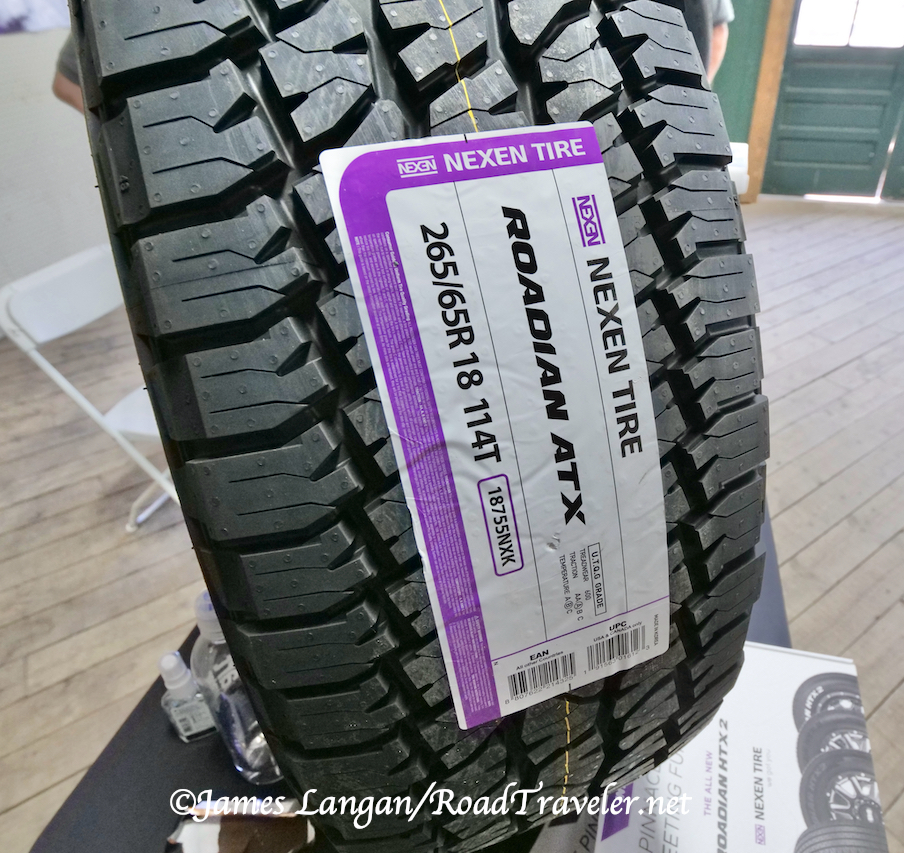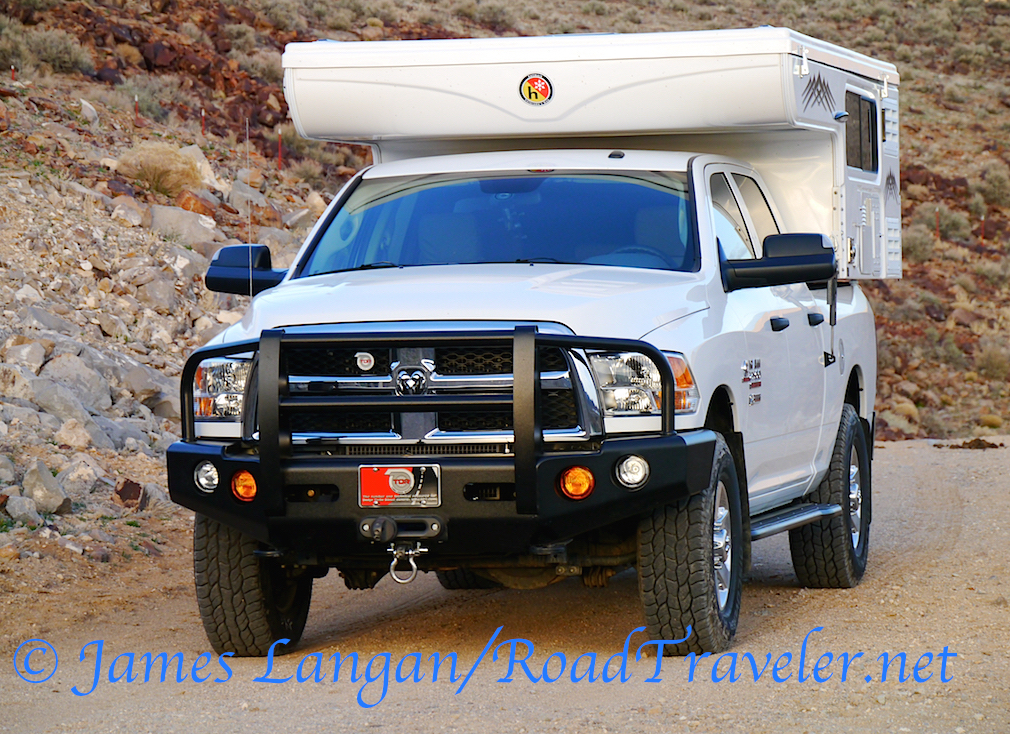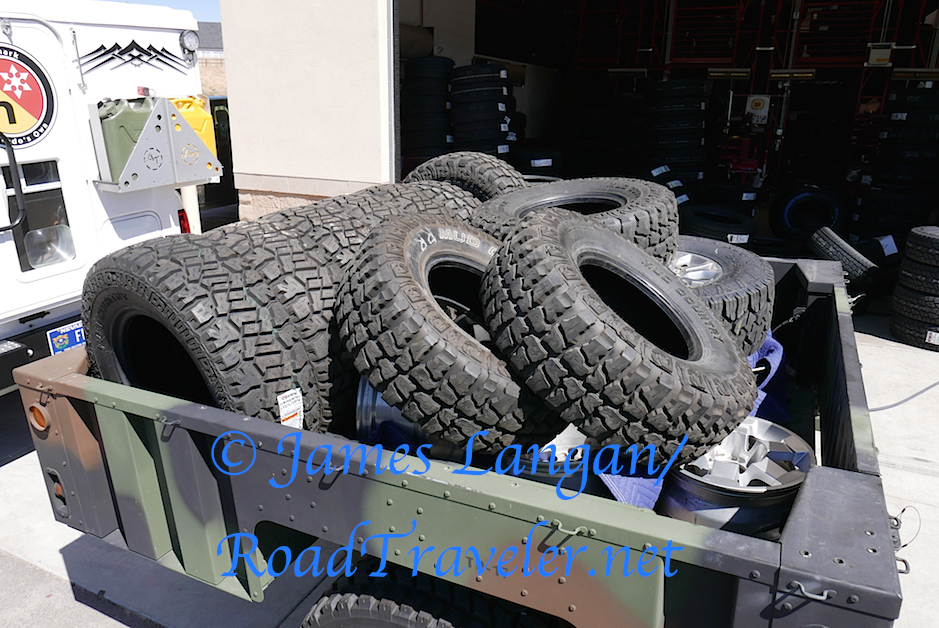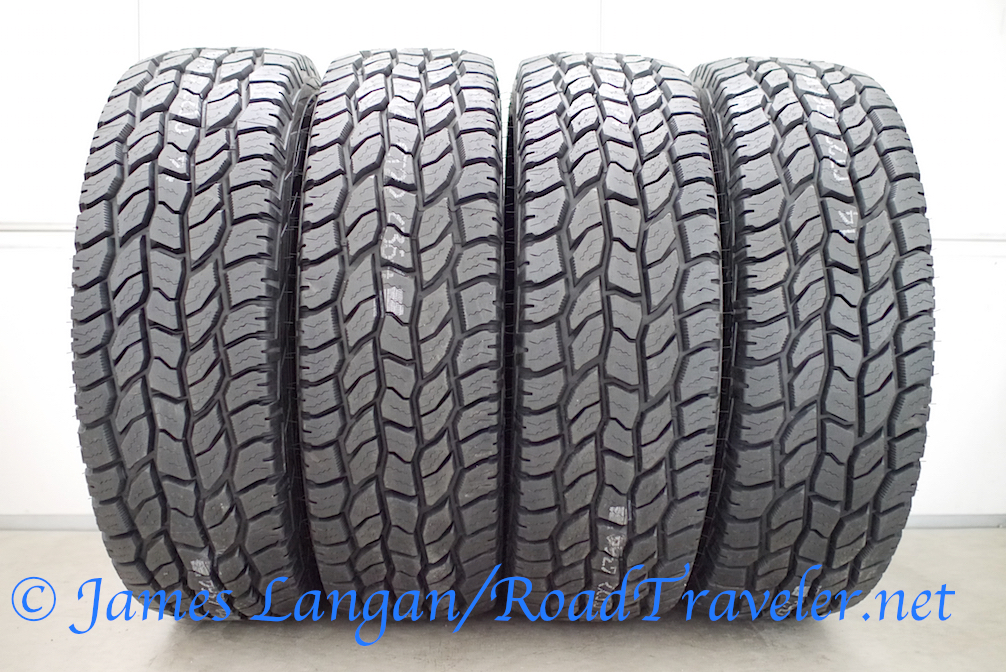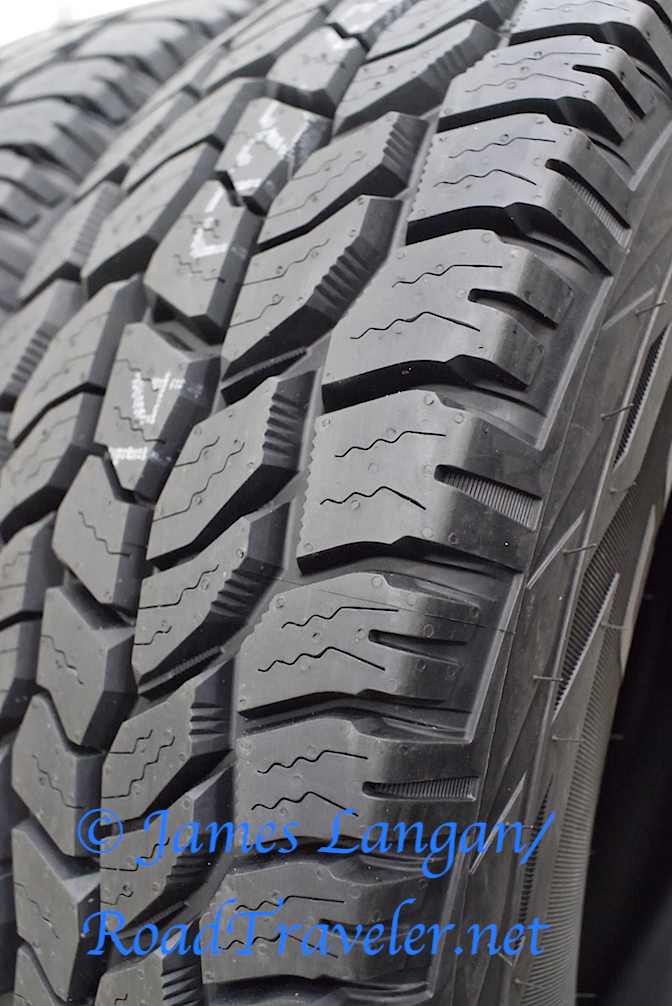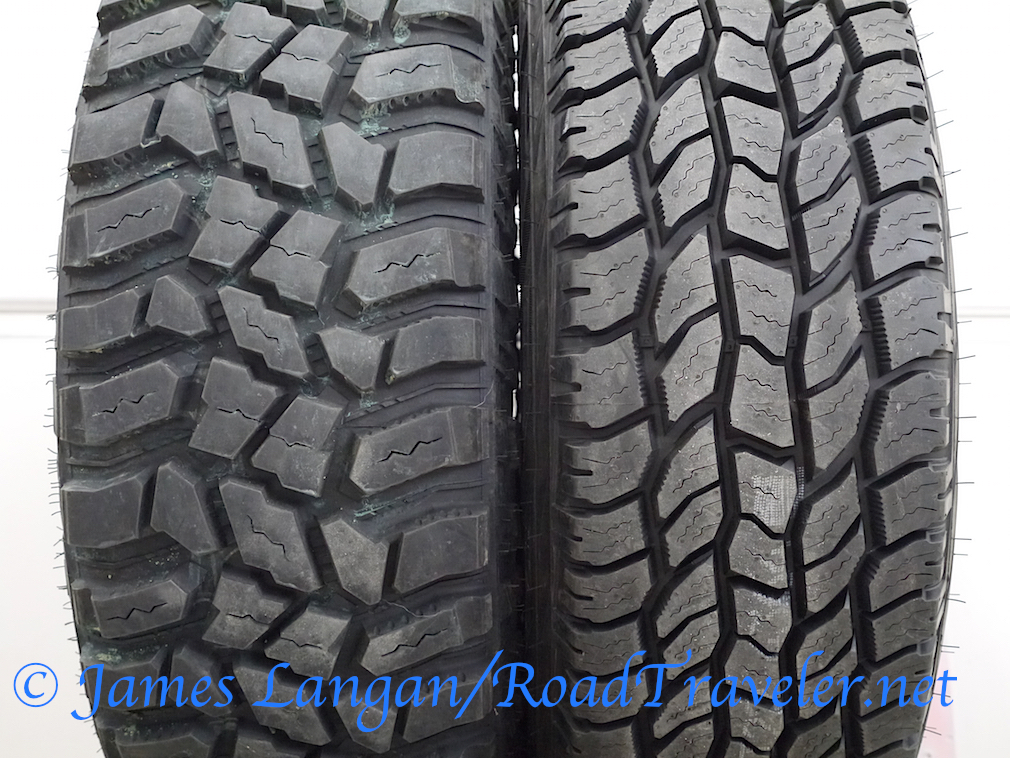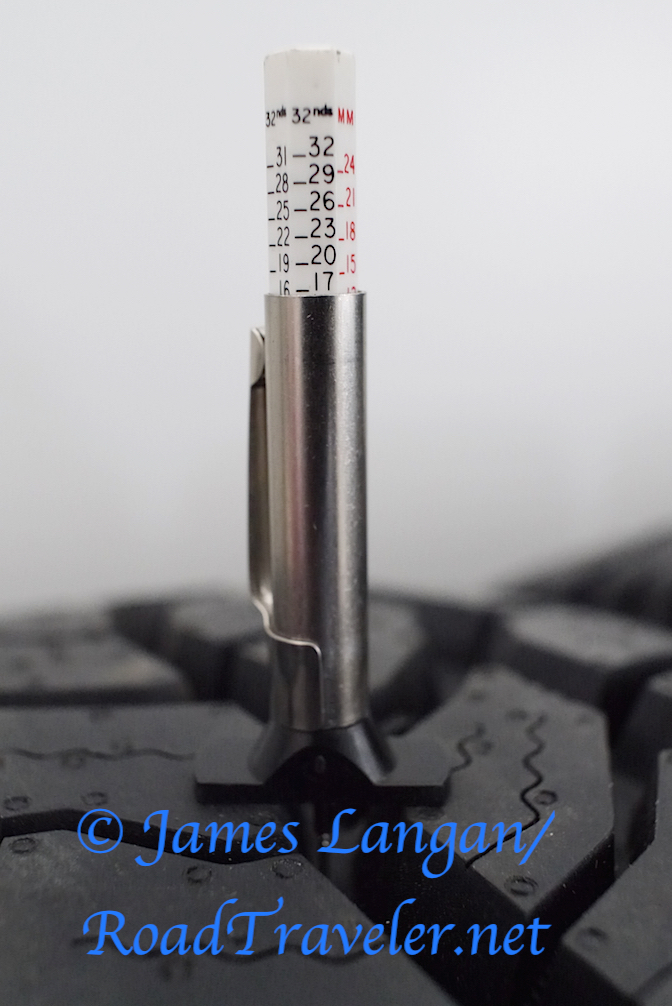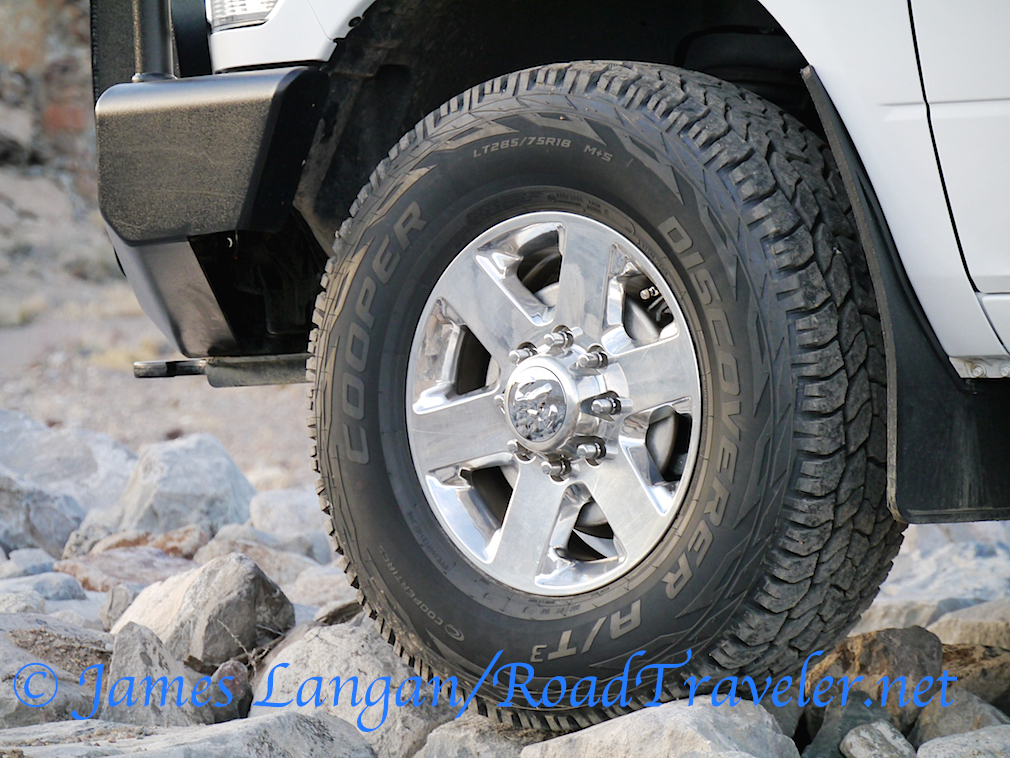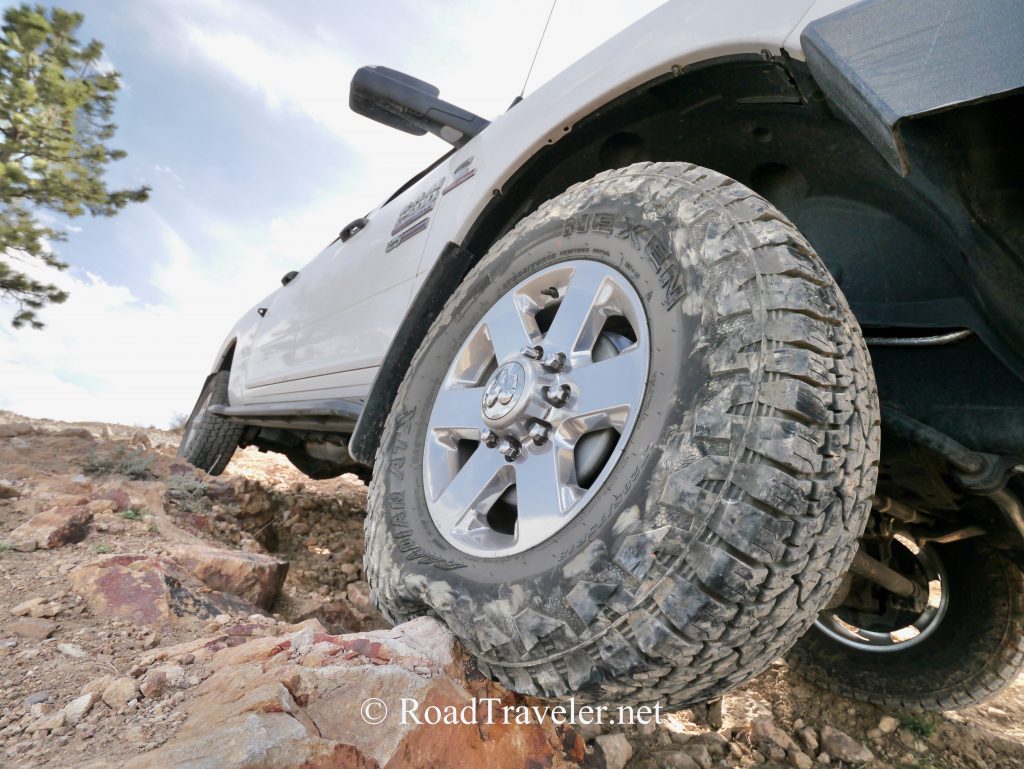
Although I have favorite tire treads and brands, I am always interested in trying something new or different. Nexen’s Roadian ATX all-terrain is a new 5-rib tread designed specifically for light- and heavy-duty pickups and full-size SUV wagons, and available in a whopping 63 sizes. Lugs on the upper sidewall/shoulder offer both traction and protection from damage, while adding a tough and aggressive look. The shoulder lugs are the same on both sides, but one side adds a cobblestone pattern between the lugs and inside the raised black letters.
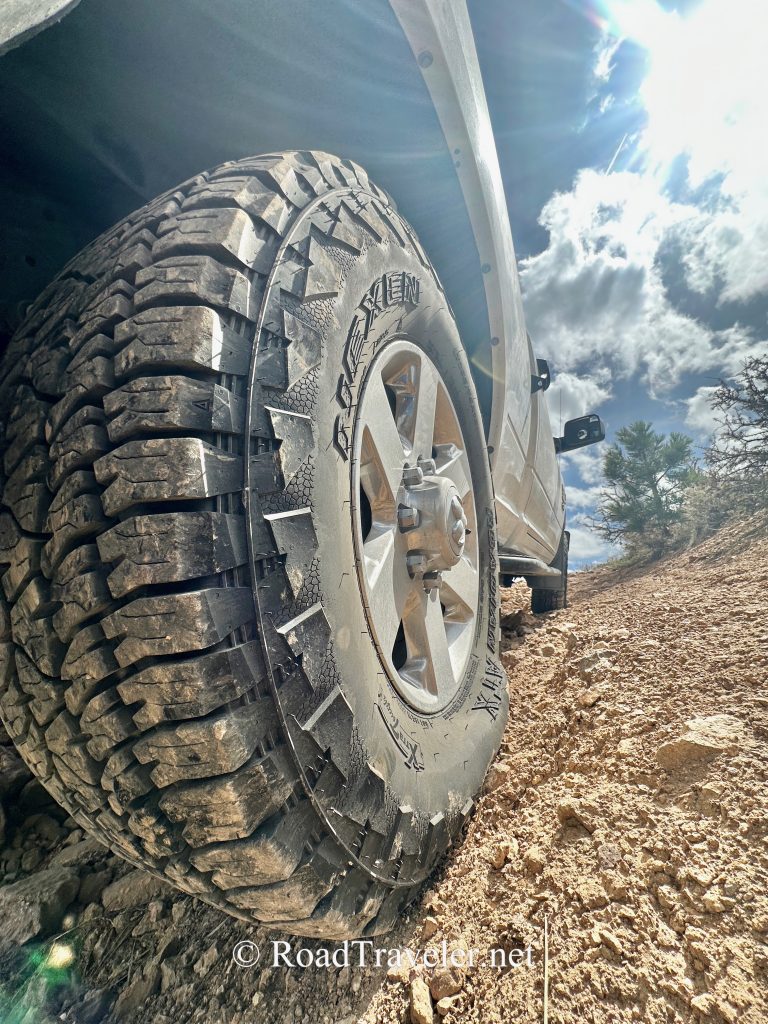
All LT-sizes have 16/32” of tread depth, most have 3-ply sidewalls, as well as being 3-Peak Mountain Snowflake (3PMSF) severe winter rated, with the exception of the larger flotation offerings. Light-truck sizes have a substantial 60,000 miles tread warranty.
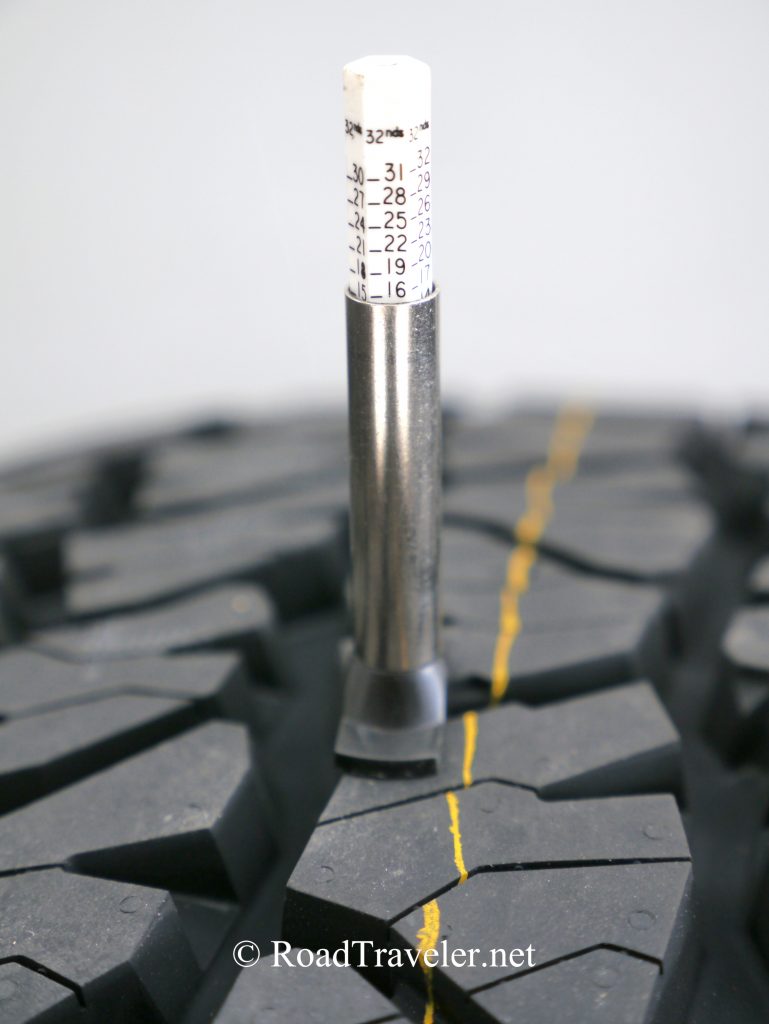
At the 2022 Overland Expo West show in Flagstaff, Arizona, a handful of journalists were treated to a sneak peek briefing introducing the new ATX, as well as the new HTX2 highway-terrain design. The HTX2 is also 3PMSF certified, which is downright impressive! The introductory press release information was embargoed until June, and in July Nexen sent a set for a longterm evaluation in a favorite size, LT285/75R18E.
3-Ply Construction
Nexen boasts the ATX has an industry-best (for an all-terrain) reinforced 3-ply sidewall, longer tread life, and increased durability to perform well under heavier loads and at higher pressures. The increased rigidity is designed to enhance cornering stability and load support. The sidewall construction increases puncture resistance both on- and off-pavement, and the aggressively angled shoulder lugs improve durability.
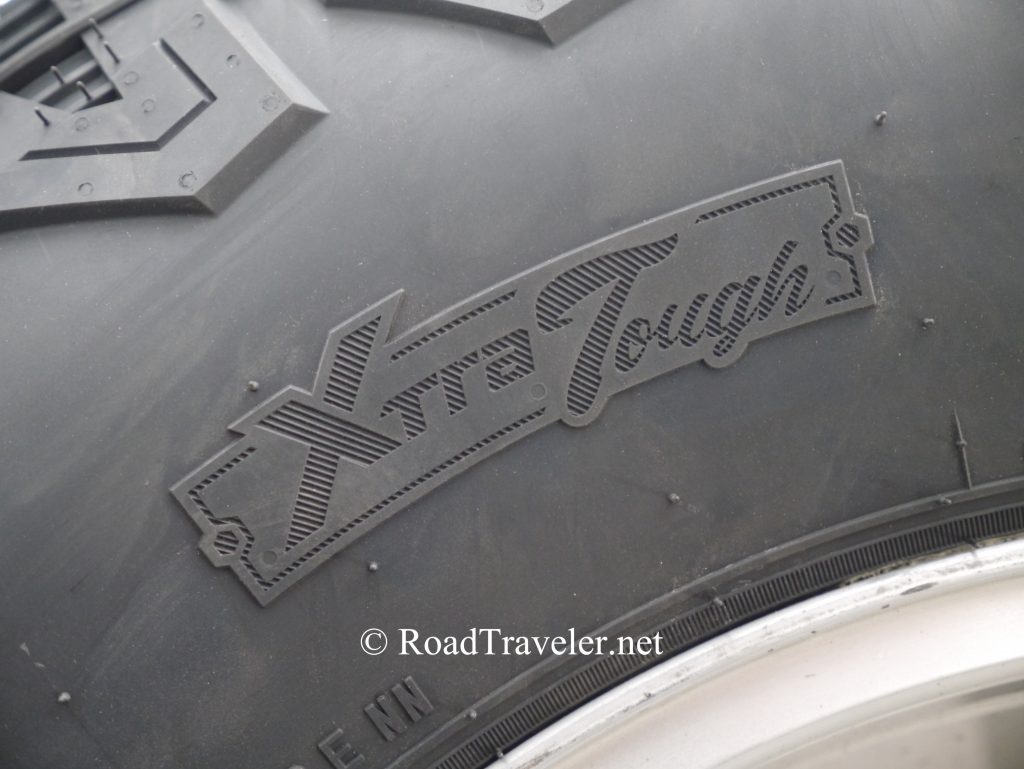
Siping
All-terrains and all-seasons invariably have more siping than most higher-void designs, and the ATX is no exception with two or three sipes in every tread block. Nexen’s sipe technology is designed to increase tread-to-road contact, and overall handling characteristics as they wear. Of course the siping helps it earn the 3PMSF severe winter certification.
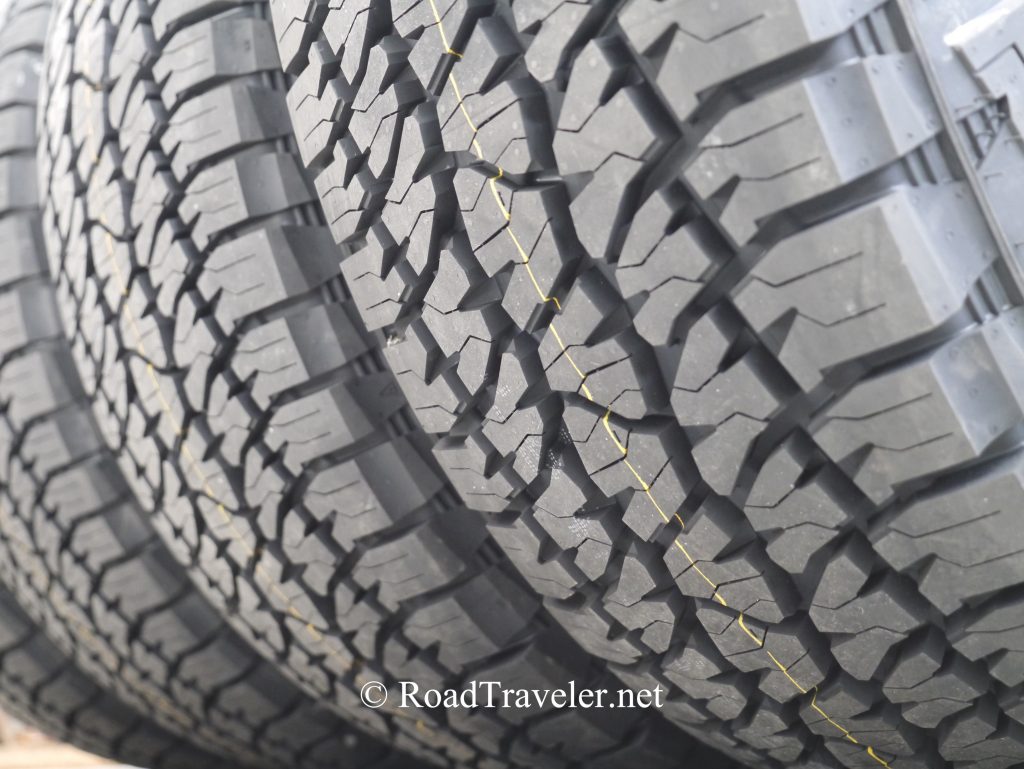
Mount And Balance Take One
The 67-pound LT285/75R18 ATX with a load index of 129 (4,080-lb capacity each at 80 psi) were mounted and balanced on forged-aluminum OEM Ram 18-inch wheels at my local Discount Tire. They used my preferred single-plane, static balancing method, which puts less weight on the wheels. An average of only two ounces was needed to balance the set. However, zeroing on a balancing machine is not always the whole story.
With the ATX on my 2014 crew cab for my initial test drive, even with the additional help from Centramatic Wheel Balancers, there was some roughness that I thought was a possible balance issue. Discount Tire rebalanced them using the dual-plane dynamic method, which did not add substantially more wheel weight, and lowered the perceived imbalance.
First Rotation Issue
After 2,500 miles I performed the initial reward-cross rotation, but the ATX from the rear axle were not happy up front, with shakes and vibrations that increased with speed.
To help diagnose the problem the suspect tires were returned to the rear axle. After placing the AAM 11.5 on jack-stands and taking all appropriate safety precautions, I let the drivetrain turn the ATX at low-idle as if on a spin balancer. The offending wiggling and hopping was obvious, shared with my contact at Nexen, and they immediately sent a replacement set.
The positive response from Nexen was refreshing. No product is perfect and there are occasionally defective or blemished examples that sneak through (I’ve even had a bad tire from highly-respected Toyo), and because of the professional relationship I contacted the manufacturer directly.
Are Your Wheels The Problem?
It should be noted that the wheels are often the source of balancing issues. In many cases it is the wheels, not the tires, that need most of the weight for the assembly to be balanced. Modern rubber from top manufacturers, even larger light-truck mud-terrains, are quite round and true, usually requiring little weight to roll smoothly. Just a few short decades ago light-truck radials were not nearly as good or capable, and had difficulty handling the loads and power of heavy-duty diesel pickups.
Wheels have also become larger, so even though most are aluminum they can be much heavier than older, smaller diameter rims. These forged aluminum OEM 18-inch Ram wheels weigh 30-pounds each, where the equivalent 20-inch Ram wheels weigh 40 pounds. In contrast, the forged-aluminum Alcoa-made sixteens on my 1996 F-350 weighed only 16 pounds.
Confident that my eighteens were not the issue, having continually used them for several sets of tires, I had an extra set available if necessary for further diagnosis.
Mount And Balance Take Two
Discount Tire mounted the replacement set of LT285/75R18 Nexen ATX, and again I requested a static, single-plane balance, plus I asked them to record the road force as measured by the machine during the process (Road force is summarized below.)
As the included chart shows, this set needed little weight to balance, none in the case of tire/wheel combination #2, and the road force measurements were also low. Tire #1 had the most road force at 29, but a typical maximum allowable road force for a P-rated (passenger car) tire is 35, and much higher for a big LT tire.
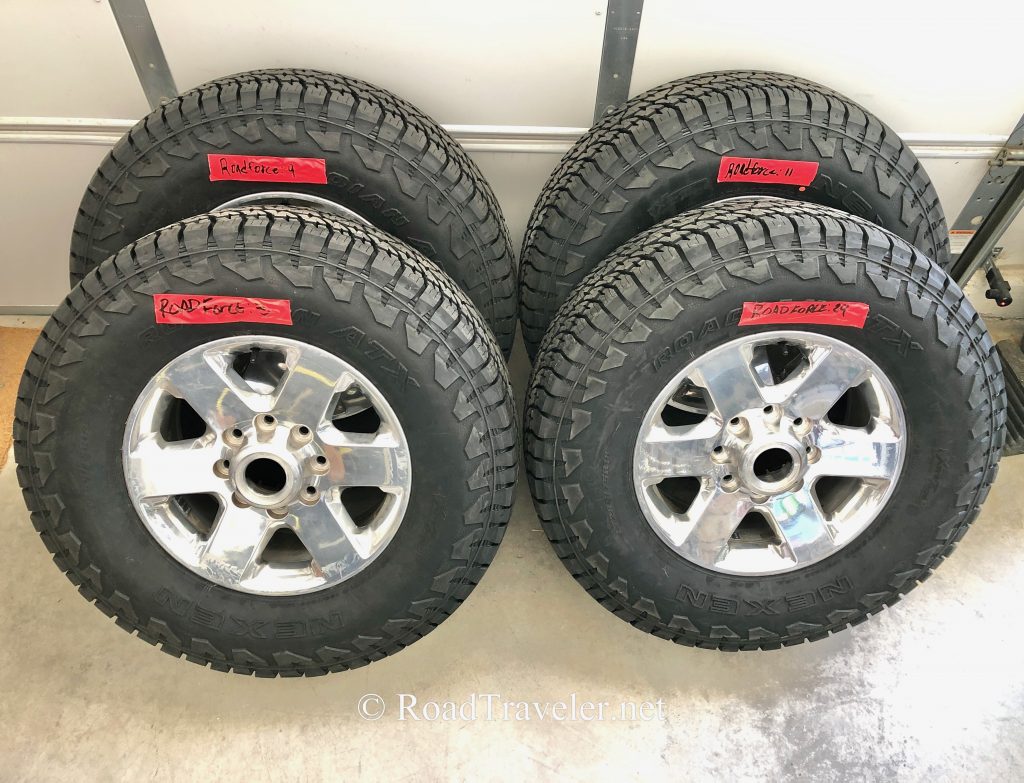
| Tire | Weight oz. | Road Force | Location |
| #1 | 1.25 | 29 | Left-rear |
| #2 | 0 | 11 | Right-rear |
| #3 | 4.75 | 9 | Left-front |
| #4 | 1.75 | 3 | Right-front |
Road Force
Road force, or radial force variation, is a tire and wheel condition that can affect steering, traction, braking and load support. High road force will impart ride disturbances to the chassis and ultimately the driver.
Many modern balancing machines automatically measure the road force as part of the balancing process. A road force load roller simulates the force of the road on the tire and wheel package, and measuring this force provides data on the uniformity of the combined tire and wheel assembly.
Tires may have an area that is stiffer than the rest, which is called force variation. The combination of imperfect run-out and force variation can lead to bad vibrations. Some inconsistencies in stiffness, weight, and balance are unavoidable, but this additional metric can be quite helpful diagnosing problems or defects.
Recently I had a set of LT295/65R20 Cooper STT PRO mudders swapped onto a different set of OEM 20-inch wheels, and noticed that the weight placement was odd on one rim. During my requested rebalance, the problem was obvious for anyone paying attention; the road force was 113! Rotating the tire 180° on the wheel corrected the issue, resulting in a road force measurement of only 29.
Where The Rubber Meets The Road
Conventional wisdom includes putting the best tire and wheel combination (least wheel weight and/or road force) on the front axle, often the left-front position, to avoid poor drivability, handling, or driver complaints. But I am not an employee at a tire shop, I put the mounted rubber onto the axle studs myself in my shop, and am often interested in the rawest, most revealing data possible for my reviews.
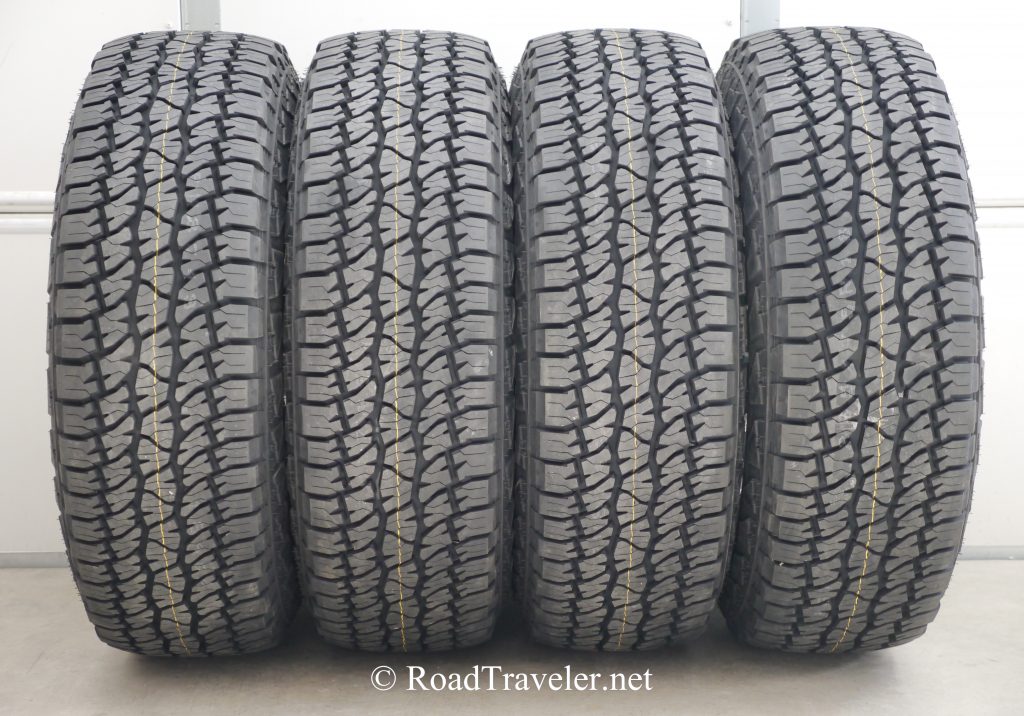
So I will frequently put what is likely the least true assembly on the front. This helps me confirm that they are truly balanced, and will roll smoothly at all speeds, even after a rotation. These Nexen ATX felt fantastically smooth and true, with no bad manners or vibrations up to 100 mph!
After an initial 50-mile high-speed freeway flogging, I returned my garage and immediately did an X-pattern rotation to get every tire on both the front and rear axles, and both left and right sides of the truck. Another high-speed freeway road test followed, and the Roadian ATX continued to run flawlessly.
Overall Subjective Observations, Comments & Critiques
Traction
Winter 2022–2023 ended the years-long drought cycle in Northern Nevada and nearby Northern California, producing both abnormal amounts of rain and countless days with several inches of snow. This provided many opportunities to use the Nexen ATX during on-highway 4WD conditions, in both shallow and inches-deep snow, a little ice, and pooling heavy rain that made it wise to use four-wheel-drive.
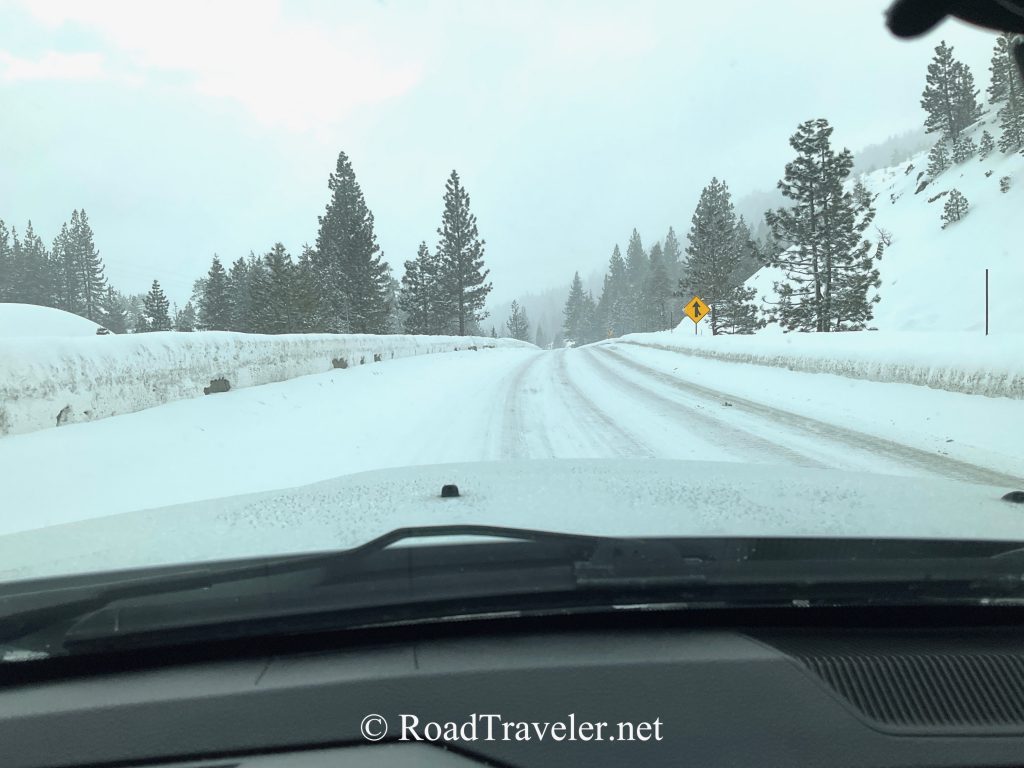
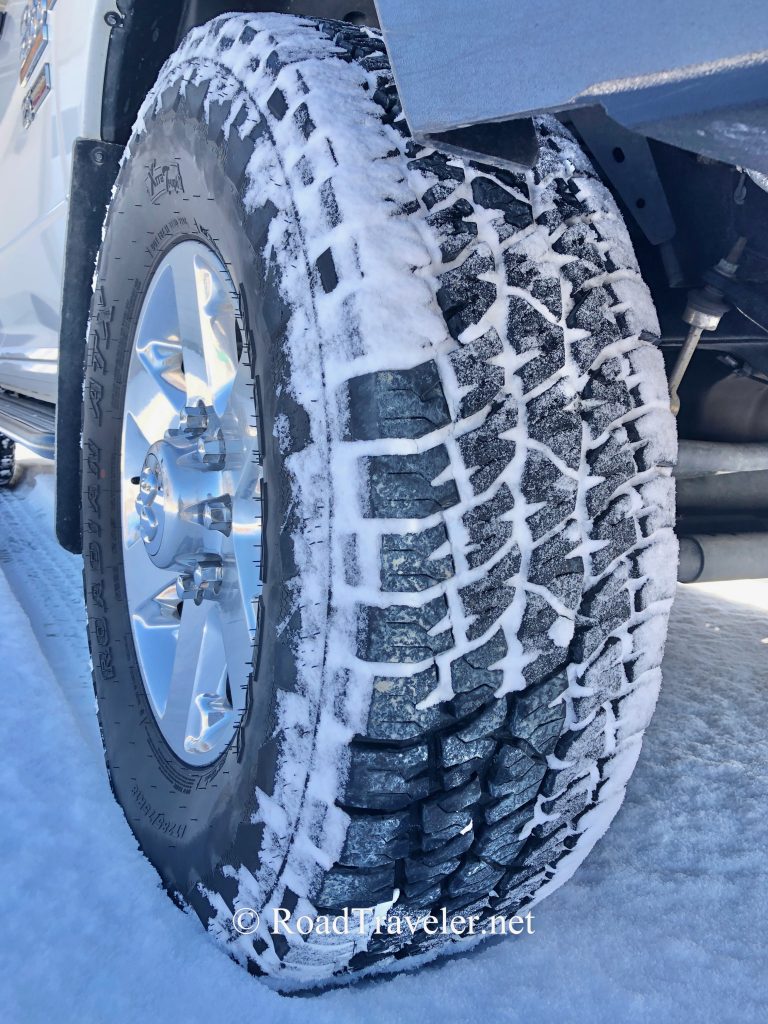
Routine off-pavement driving is a part of my lifestyle, so these ATX have seen hundreds of miles of high- and low-range four-wheel-drive use, usually with the pressures lowered specifically for that purpose (30 psi in front and 20 psi in the rear). Flex, deformation, ride, and traction has been great. Cutting or chipping of the tread appears virtually nonexistent.
Clearly these are not mud-terrains, however, they have seen shallow mud and squishy terrain several times, and have performed as well or better than any 5-rib A/T I’ve run in similar conditions.
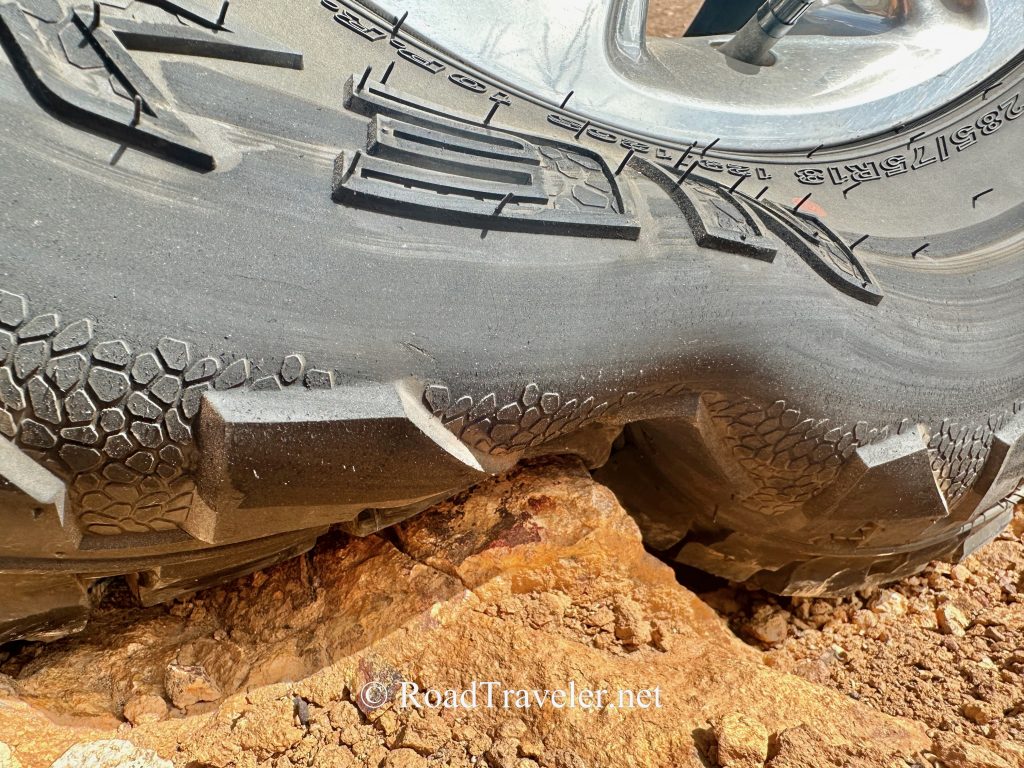
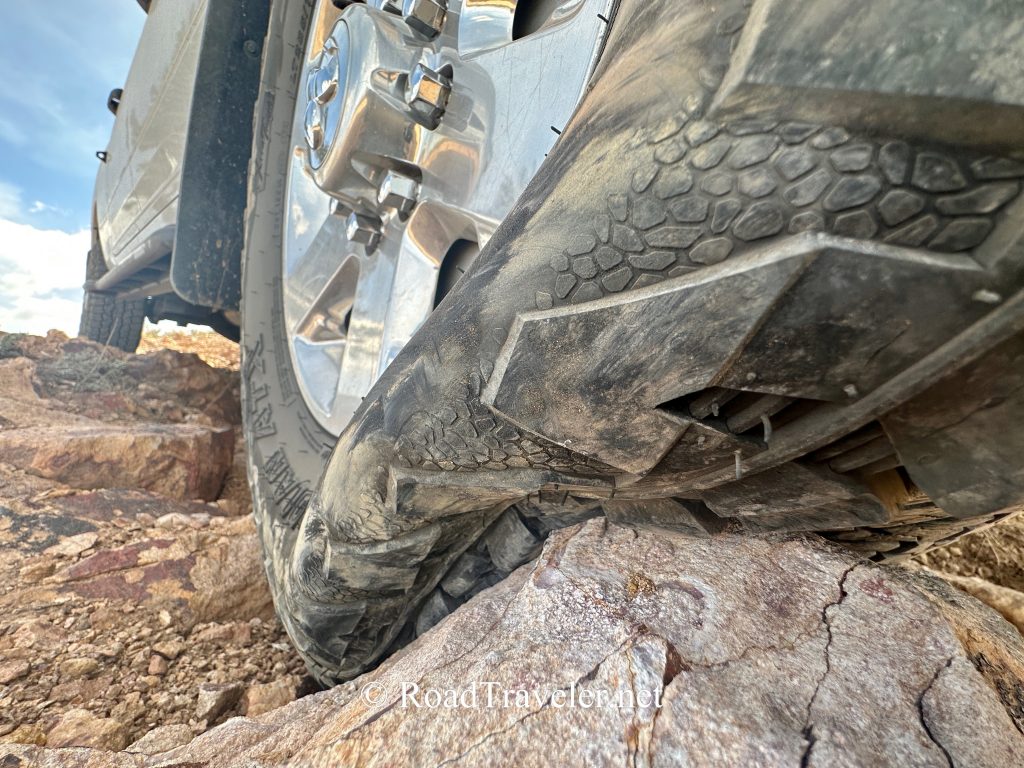
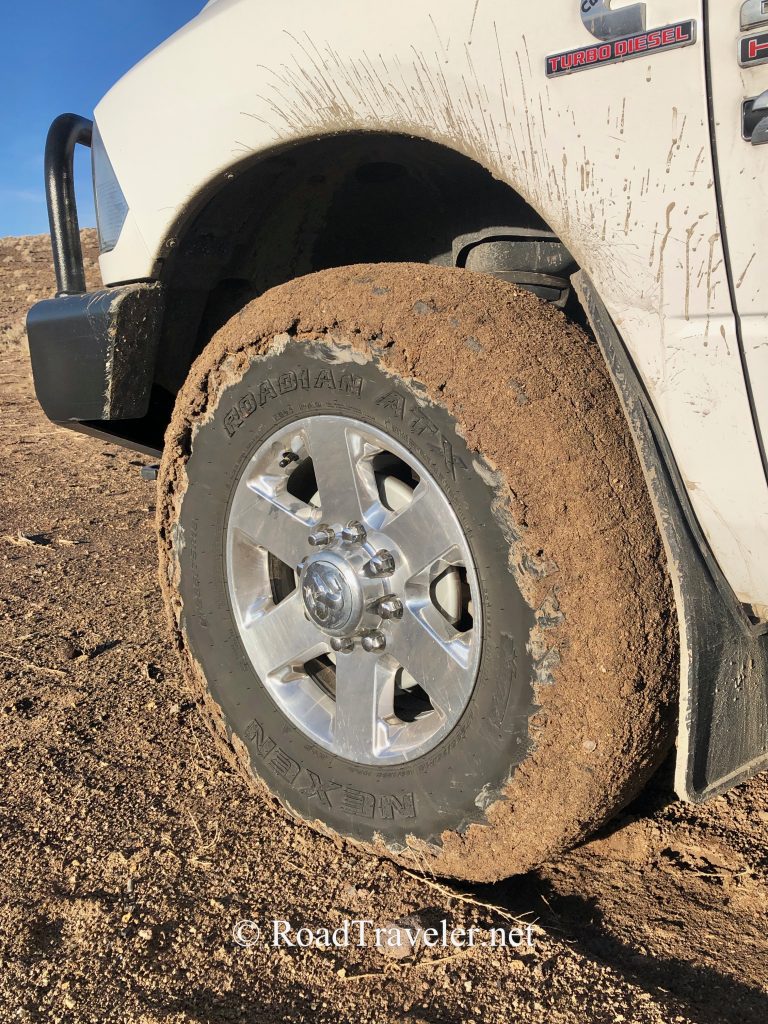
Noise And Ride Quality
Perception of noise is extremely subjective, has much to do with the specific vehicle and road conditions, as well as one’s tolerance and personal experience baseline. If someone only runs a highway-terrain tread, then anything with more void is going to seem loud. Conversely, those that run a mud-terrain or a hybrid/commercial traction design, will think lower-void tires are nearly silent. With a preference for medium-void commercial traction treads, I find the ATX impressively quiet, but not only because I’m accustomed to louder rubber. When comparing the ATX to my memories of testing the similar 5-rib Cooper AT3 and later AT3 XLT just a few years ago (TDR108), the ATX seem nearly silent.
Again comparing the ATX to the Cooper AT3 XLT, the Nexen’s 3-ply sidewalls appear to provide a firmer, more supportive and responsive driving experience compared to the 2-ply Coopers. This is a positive for heavy-duty applications because softer tires will not support big loads as well and can flex too much, generating excess heat, which is the nemesis of all tires. Balance and tracking have remained excellent, but treads can exhibit different characteristics on different chassis, and your alignment settings matter too.
It is critical to remember that regardless of the tire you choose, it is beneficial to run appropriate pressures and avoid unnecessary over (or under) inflation for the best overall performance. An extreme example is running 80 psi on the rear axle of a pickup with zero load in the bed. Sadly, unless you’ve updated/reprogrammed your truck’s computer, Ram has made running appropriate psi problematic on the 2500 series. A cautionary yellow TPMS light will illuminate when running less than the 80 psi on the rear axle, or 60 psi up front. This is simply ridiculous, but I understand folks not wanting to run around with a glowing light on the dash. My trucks have been modified with lowered pressure thresholds to match my uses, and I use appropriate inflation for the load.
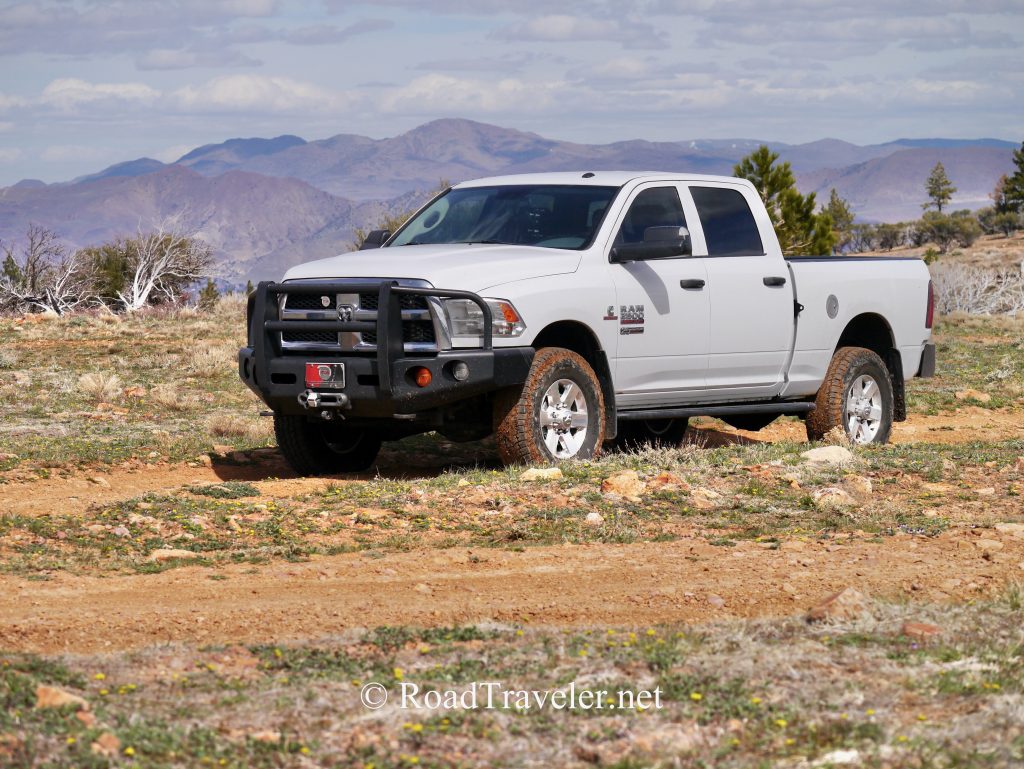
Baselines
Longevity and wear is impacted by several variables, including: the vehicle on which the rubber is mounted, road conditions, loading (which includes one’s acceleration, braking, and turning habits), temperature, inflation pressures, and the driver. During my freelance journalism career I have tracked the wear of dozens of tires, chiefly but not exclusively on heavy-duty, 4WD diesel pickups with manual transmissions.
With a manual, every upshift results in a loss of boost and rpm which must be regained before reaching for the next higher gear. This cycle involves the repeated loading of the drivetrain with low-rpm torque which is different than an automatic transmission. Autos will keep the boost and rpm higher when one is accelerating briskly, more horsepower and less low-rpm torque, and these differences should be obvious in the seat-of-the-pants of experienced and attentive enthusiasts. So if all things are equal, which they rarely are, I argue that a manual transmission can wear tires more quickly than an auto.
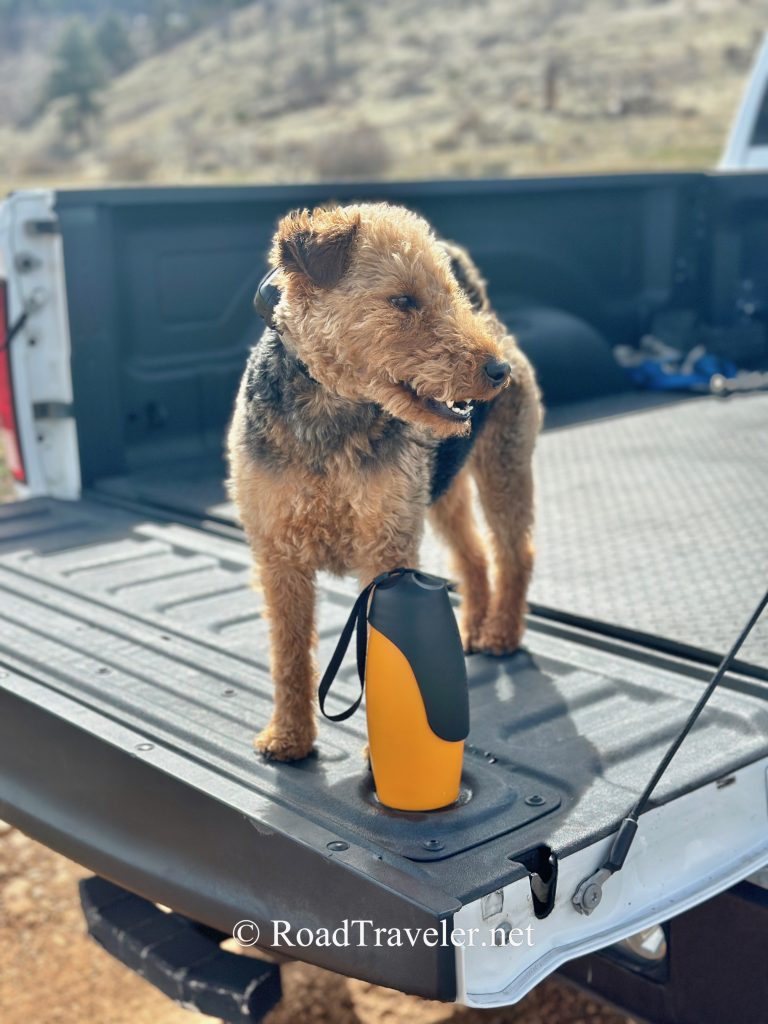
Wear Data
After 9,600 miles and two rotations, the Nexen Roadian ATX are 4.5/32” shallower than their original 16/32”, which is 2,133 miles per 1/32” of tread depth. This is good and comparable to quality aftermarket rubber from several manufacturers. Considering the test platform, duty-cycle, and other variables, my opinion is that substantially under 2,000 miles per 1/32” is substandard, and over 2,000 miles is good.
It’s noteworthy that there has not been a substantial rate-of-wear disparity on the front and rear axles. The torque-loading of the drive axle, especially under a diesel, often results in more rapid drive-tire wear. This is not just a truck thing, as I have documented this on two personally-owned manual transmission Volkswagen TDI (diesel) front-wheel-drive cars. Both TDIs wore the fronts much more quickly than the rears due to the low-end torque. Designs that do not show substantially more drive-tire wear between rotations often indicates the potential for superior longevity.
Really Like ‘Em
While I was skeptical about the Nexen brand before trying the ATX, sometimes it’s good to step out of one’s comfort zone. Even with my bias for medium-void rubber, I have been impressed with the Roadian ATX. Hopefully they make a hybrid/commercial traction design soon, which would fill a gap in their current lineup. I’d be chomping at the bit to try them.
James Langan
Instagram: @RoadTraveler
YouTube: RoadTravelerNet
Resource:
Nexen Tire: nexentireusa.com

